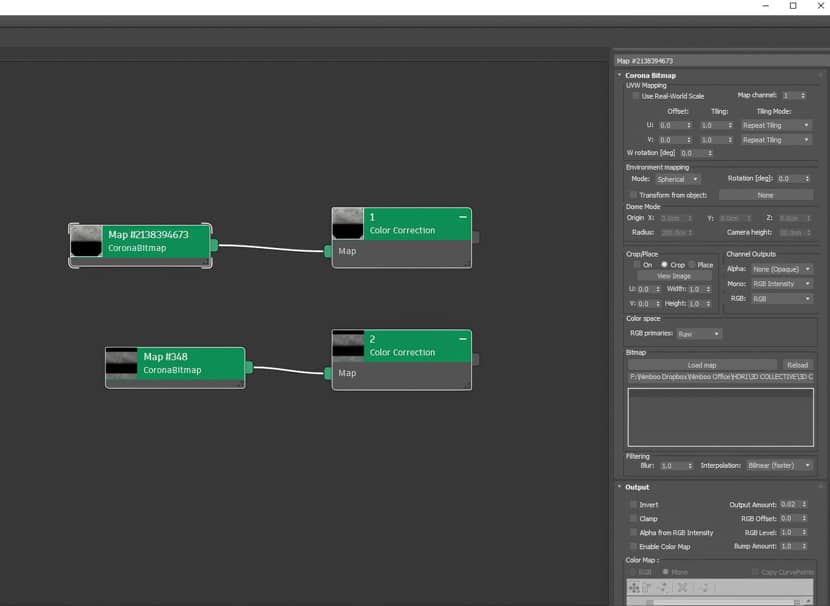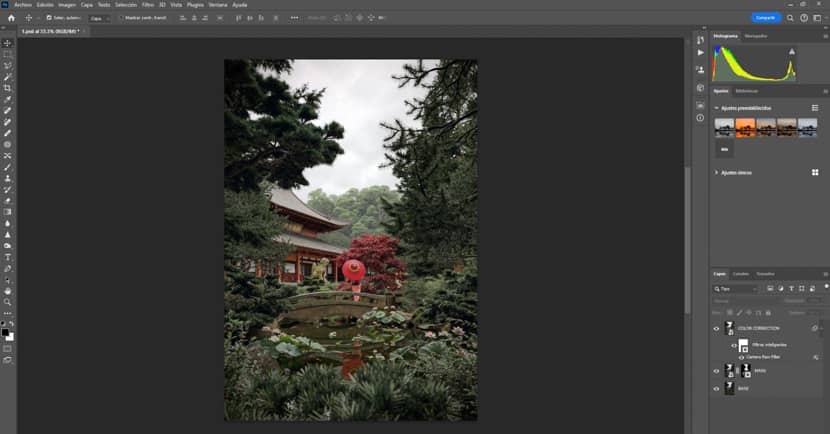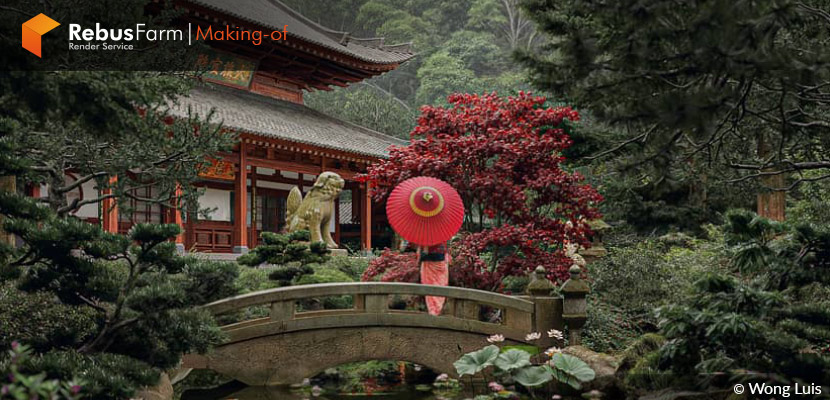
More than just technical proficiency is needed to capture the spirit of a bygone era in 3D art; sensitivity, cultural awareness, and a profound regard for narrative are all necessary. In this making-of article, Wong Luis, a Mexican architect and CGI artist, transports us to Edo-period Japan, where customs and ambiance blend to create a captivating homage to samurai culture. Luis skillfully combines historical research, careful lighting, and artistic composition to immerse us in a world of honor and tranquility, drawing inspiration from the computer game for honor and the critically renowned television series Shogun. Let's explore the development of this captivating project from idea to finished rendering!
About me.
Hello 3D community!
My name is Luis, though in the 3D world I’m better known as Wong Luis. Let me share how I started my journey as a 3D artist. It all began when I was working in construction as a site supervisor. Although I had a stable job, something felt off; I wasn't truly happy. At that time, 3D visualization was just a hobby, something I practiced during my spare time, casually recreating references without any professional intent.
I deeply admired the work of people already in the visualization field and dreamed of someday reaching that level.
Eventually, I decided to leave my supervisor job to pursue something that genuinely fulfilled me. I stopped seeing 3D as a hobby and started treating it as a professional path.
Now, five years later, I’ve gathered valuable experience, learned countless lessons, and built a career that I’m truly passionate about.
I’m a Mexican architect, currently working as an international freelance artist, and I’m sincerely grateful for having chosen this exciting path.
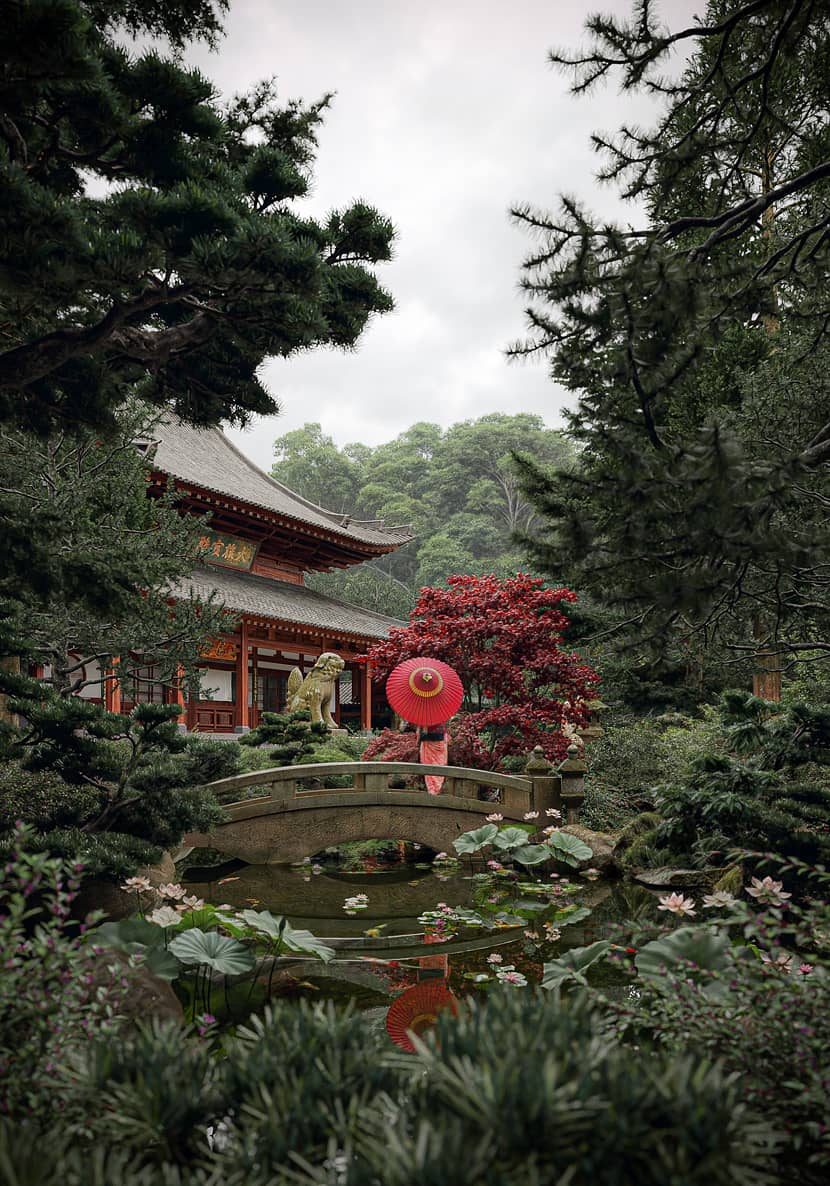
About The Project.
It’s a true honor to share this project with you.
In this set of images, I aimed to capture the essence of Edo-period Japan, evoking the spirit of samurai culture and traditional aesthetics.
My references came from my favorite video game, For Honor, and one of my favorite TV series, Shogun. I drew from both to shape the overall narrative and visual concept.
In parallel, I studied Japanese architecture, vegetation, and symbolic elements to ensure authenticity and transmit the same timeless atmosphere that once reigned during that era.
With this project, I hope to transport the viewer to a time of honor, discipline, and the warrior’s code.
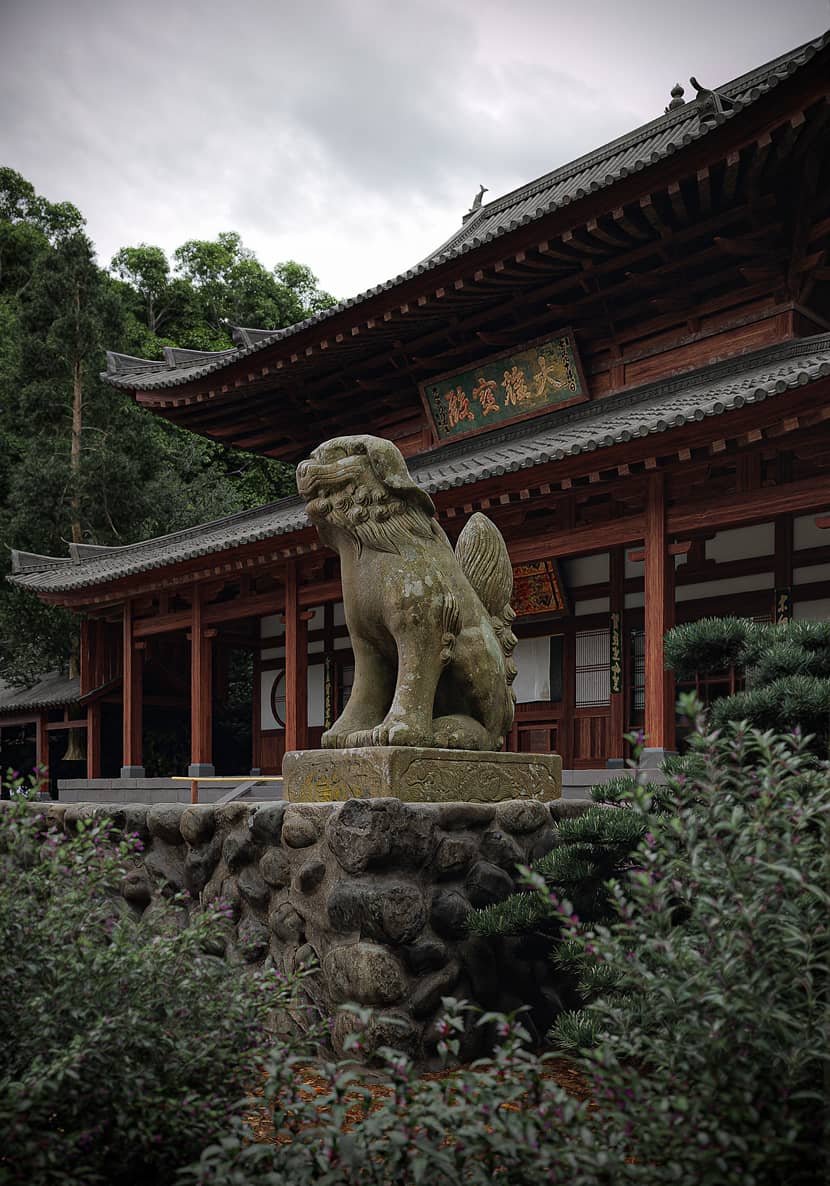
References.
References are fundamental in my creative process. They give me direction and clarity from the start, especially when I want to evoke emotion or create a specific mood.
For this project, I collected key scenes from both the series and the game, which helped shape a personal interpretation of the Edo period. These sources guided the tone and spirit I wanted to reflect.
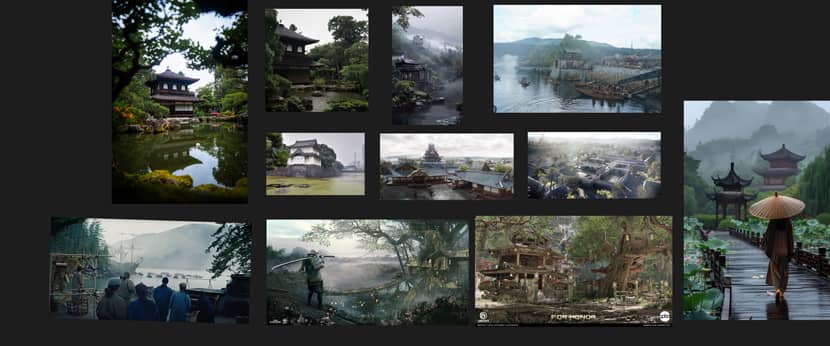
Software Used.
For this project, I worked with the following tools:
- Autodesk 3ds Max as the main platform
- Chaos Corona Renderer for image production
- Photoshop and Stable Diffusion for post-production
This is my usual workflow: I prefer clean scenes and generating most of my assets natively within Max. The post-production tools help me add the final artistic touches and achieve the extra level of detail I always aim for.
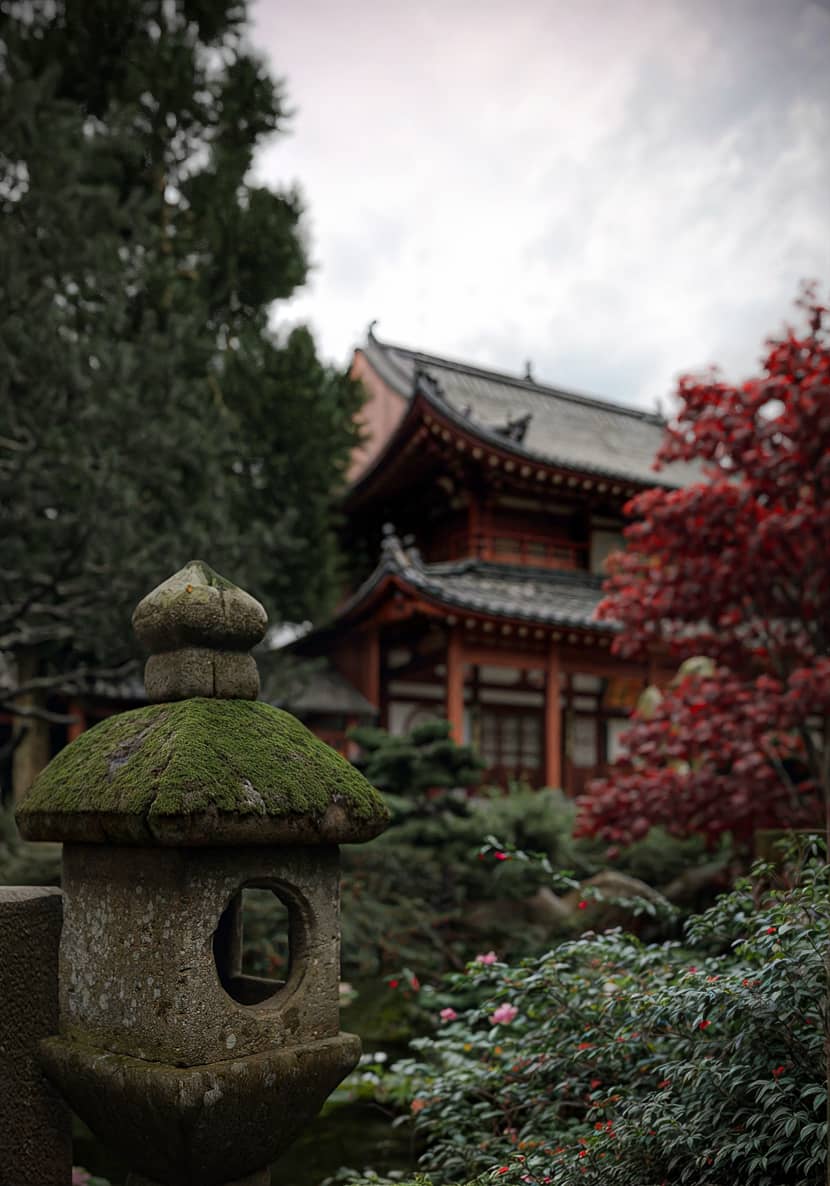
3D Assets & Detailing.
To enhance the realism of the scene, I used several high-quality assets:
- Quixel Megascans: for detailed foreground elements like bridges, rocks, branches, and signs.
- ArchExteriors: for architectural elements, which I remodeled and retextured to align with the desired historical look.
- Maxtree libraries: for vegetation. I carefully selected endemic species to bring authenticity and a strong natural presence to the environment.
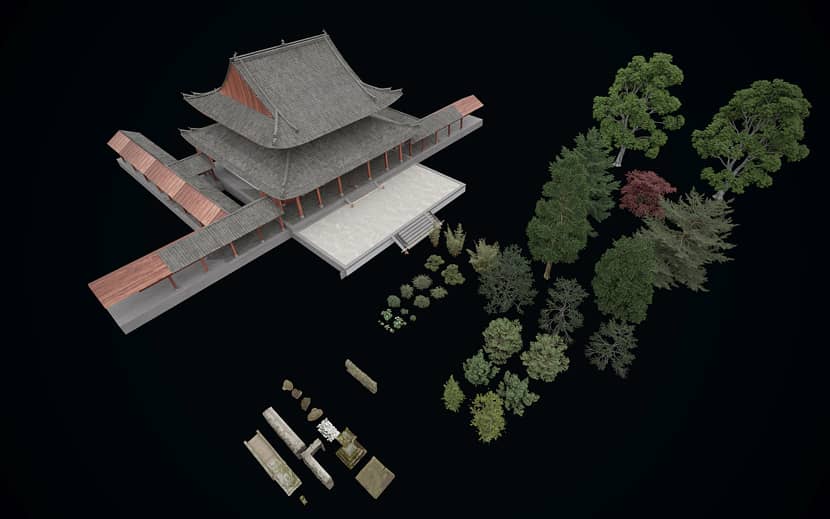
Every element was chosen and placed with intention to enrich the visual storytelling.
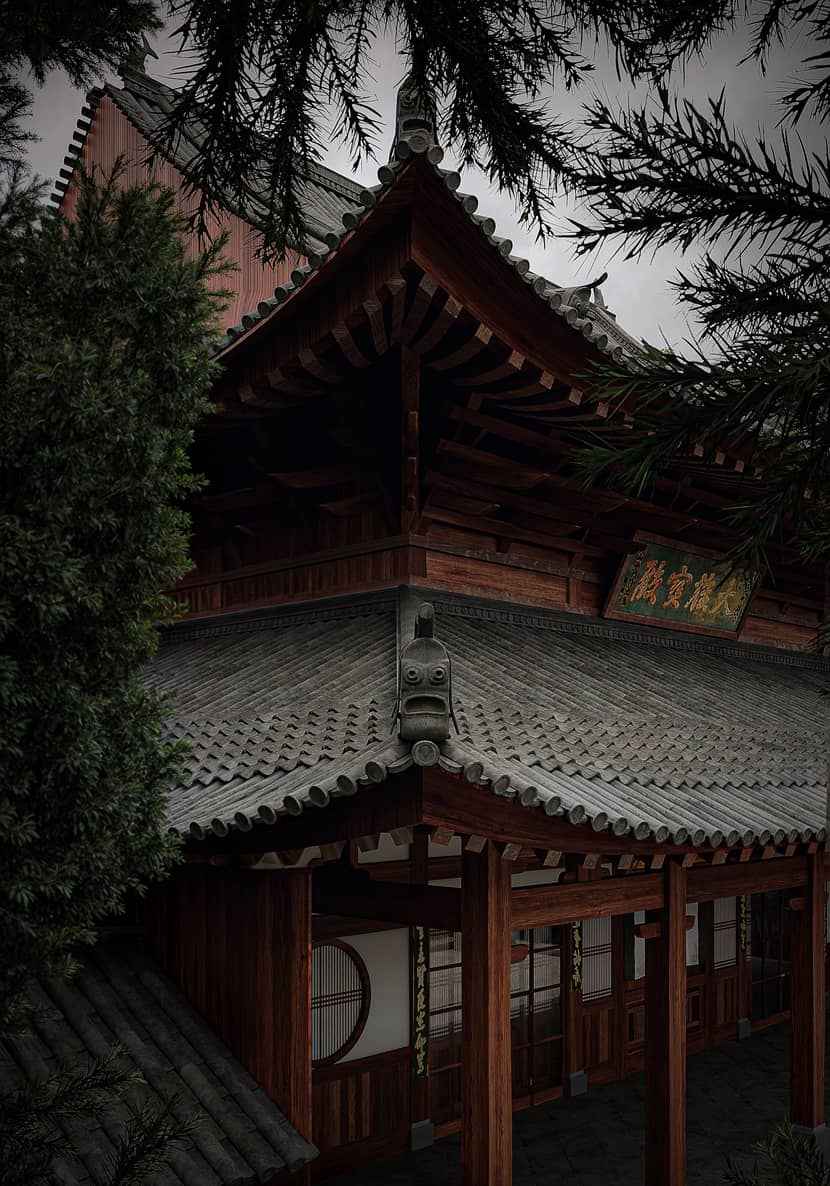
Lighting.
For the cloudy and atmospheric lighting, I used:
- HDRI maps from HDRI Haven: one for general illumination and another for the background. I adjusted them until I achieved the desired mood.
- Spotlights: added subtle highlights to draw attention to certain details outside the camera’s focus.
- Atmospheric Effects: applied to distant vegetation to enhance depth and realism.
These lighting details helped the scene come alive and gave the final images a unique identity.
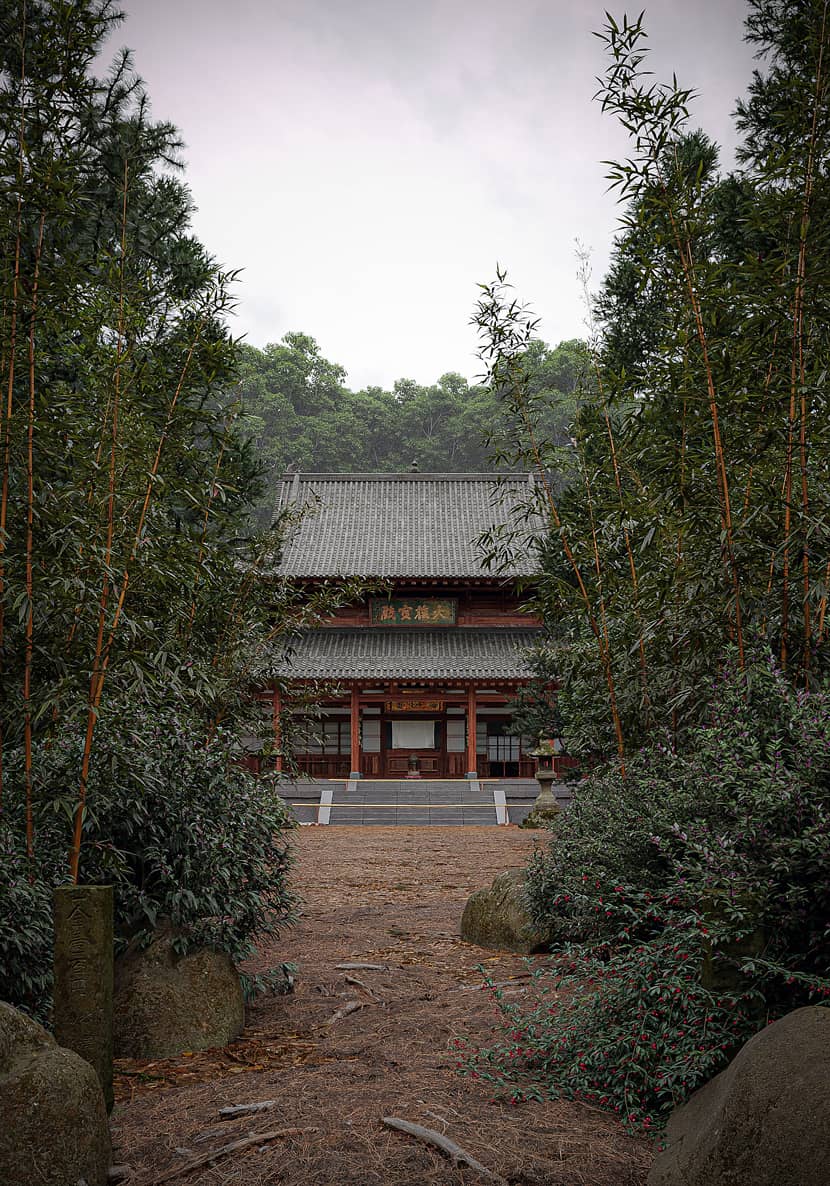
Post-Production.
Post-processing was minimal and focused on:
- Brightness
- Contrast
- Saturation
- Detail/sharpness
This subtle retouching brought out the best in the renders without compromising the original 3D work.
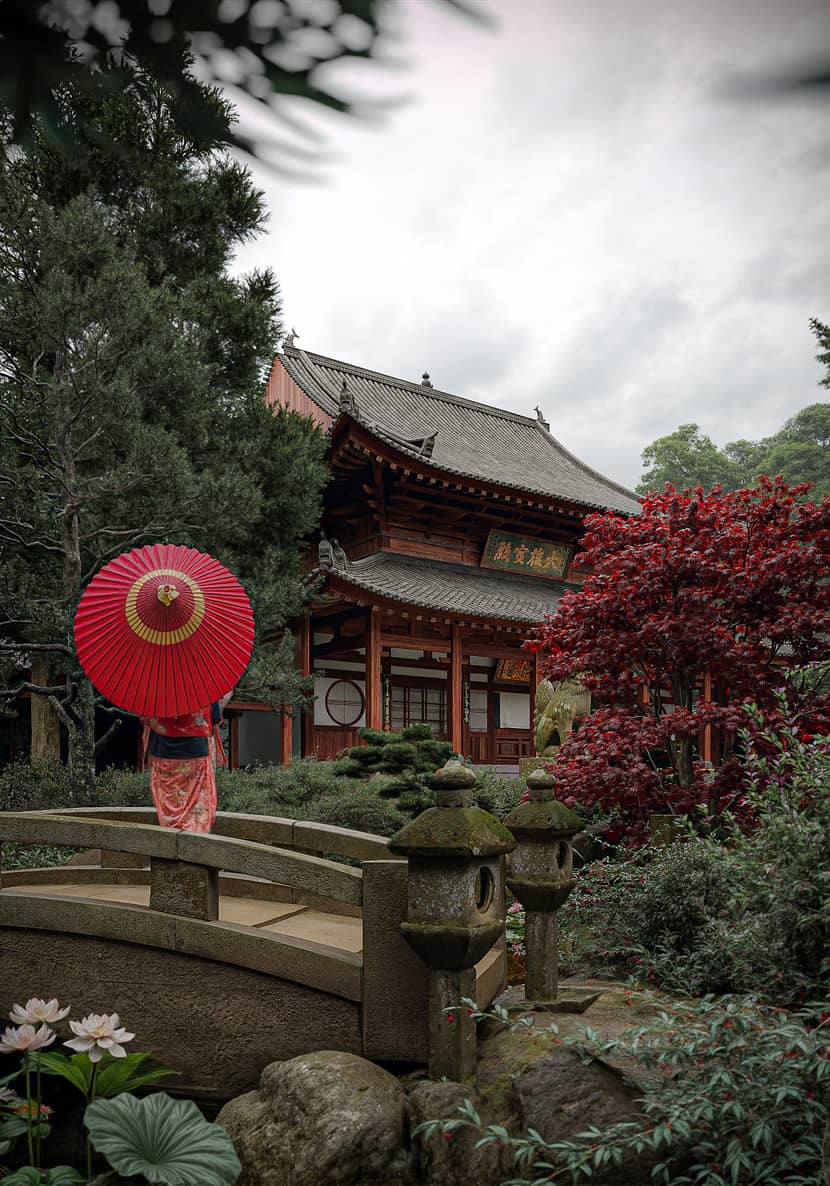
Final Words.
I want to sincerely thank RebusFarm and VWArtclub for allowing me to be part of this amazing community and giving me the opportunity to share my work.
Being here is truly a unique experience. If you'd like to know more about the project or have any questions, feel free to contact me through my social media. I'm always happy to connect and help.
Best,
Wong Luis.
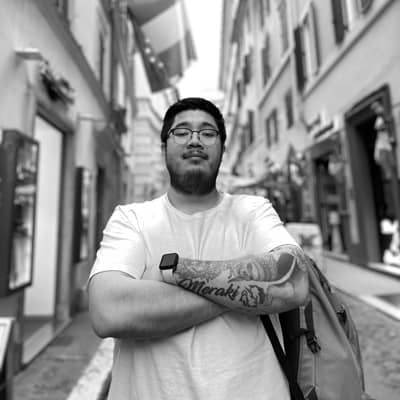
About the artist
Wong Luis is a Mexican architect and freelance 3D artist specializing in architectural visualization and digital storytelling. With a background in construction and over five years of experience in the CGI industry, he has developed a unique artistic voice that combines technical precision with cinematic sensibility. Passionate about creating immersive visual worlds, Luis continues to explore cultural narratives and historical atmospheres through his work, sharing his projects with an ever-growing international audience.

